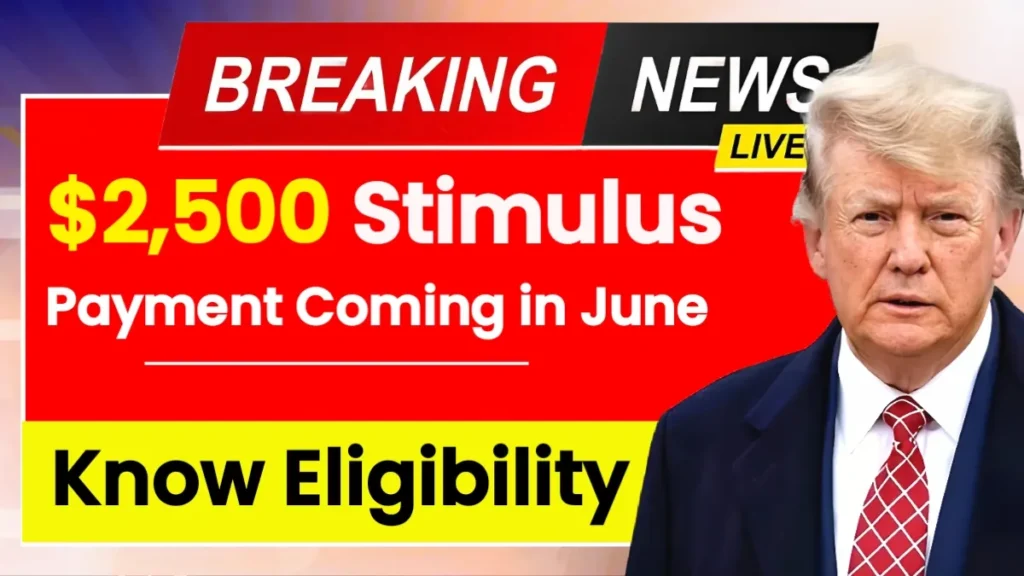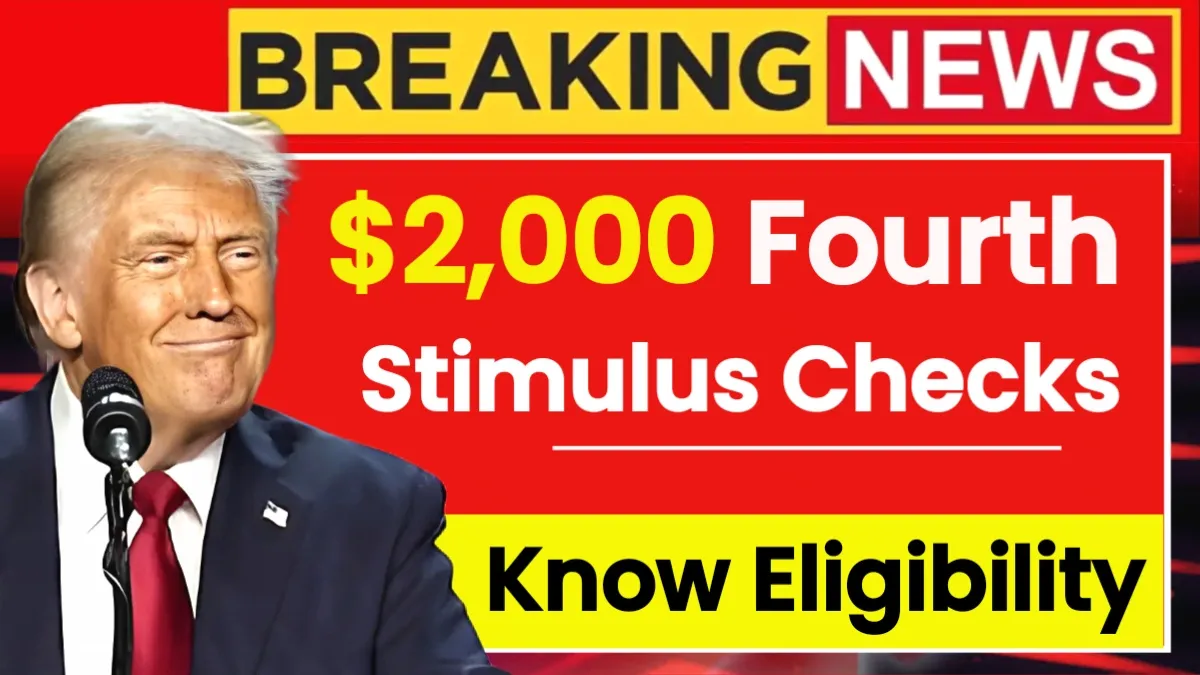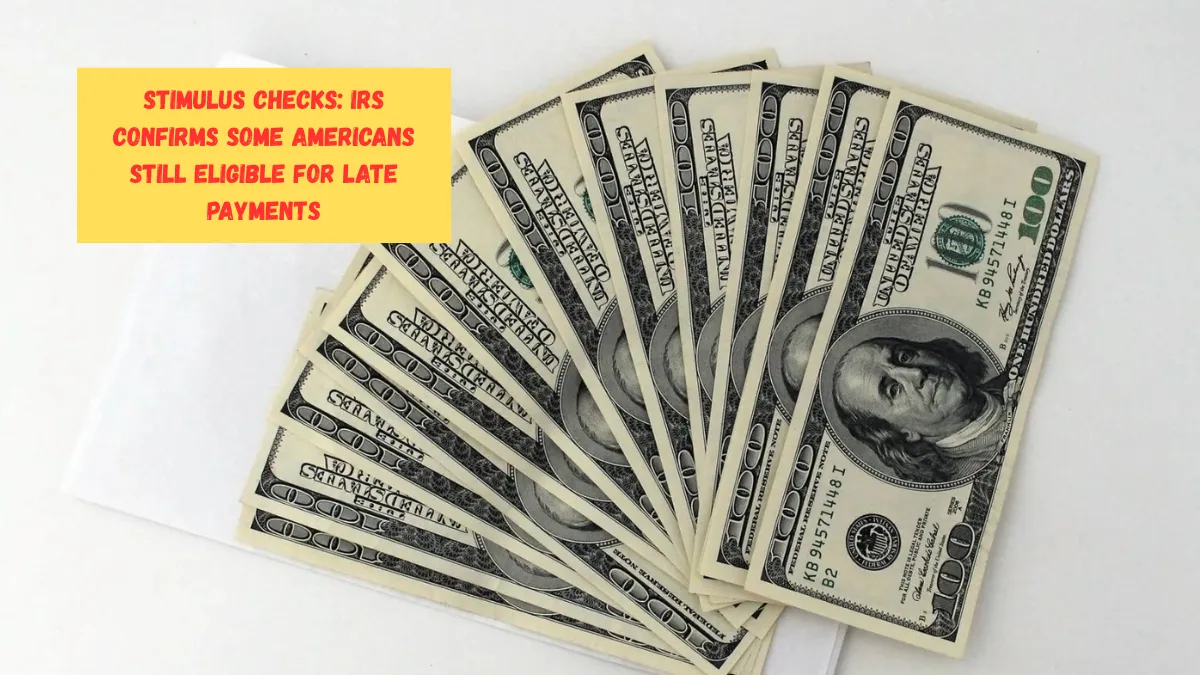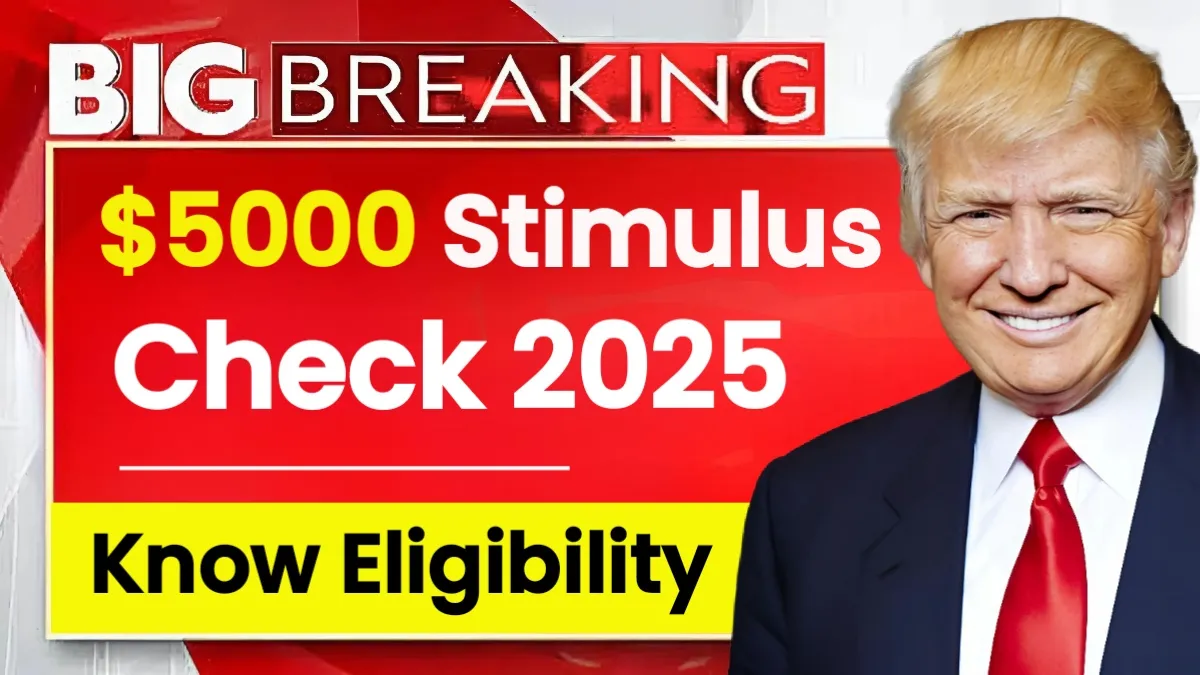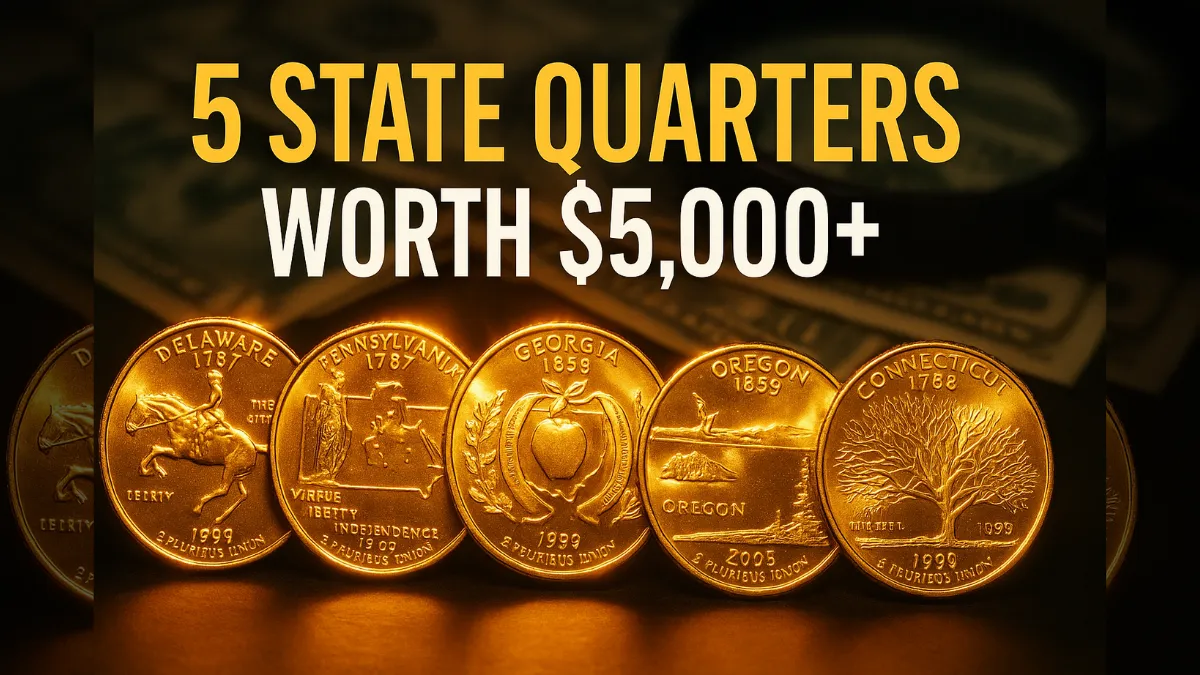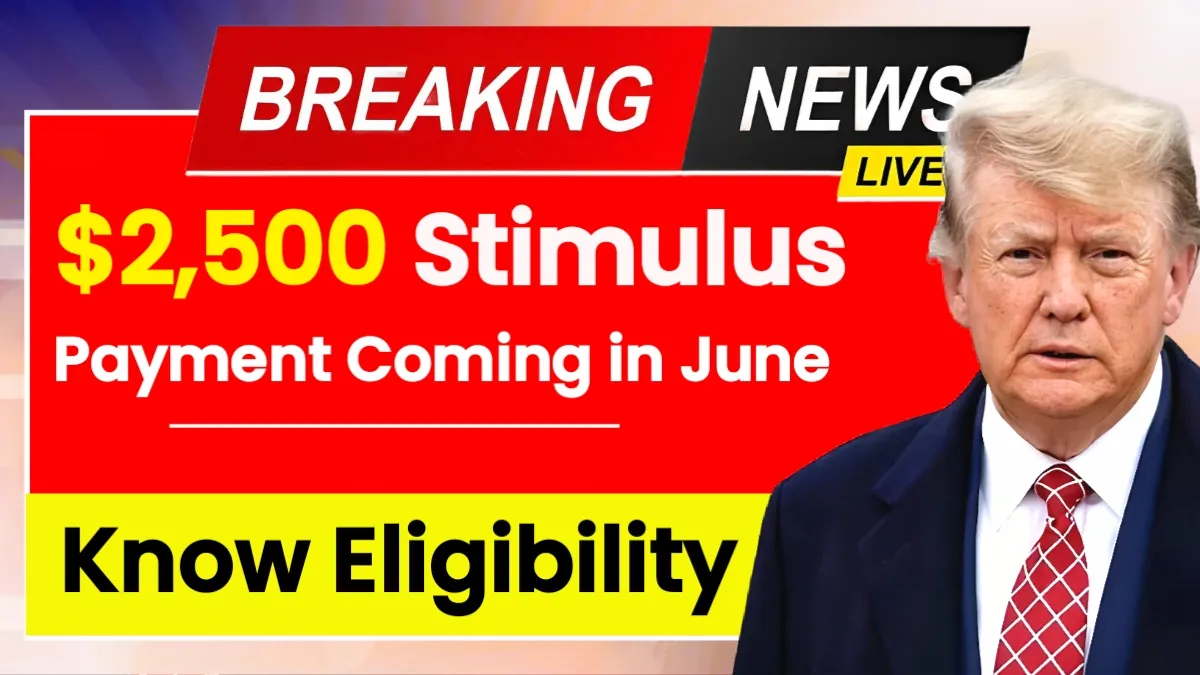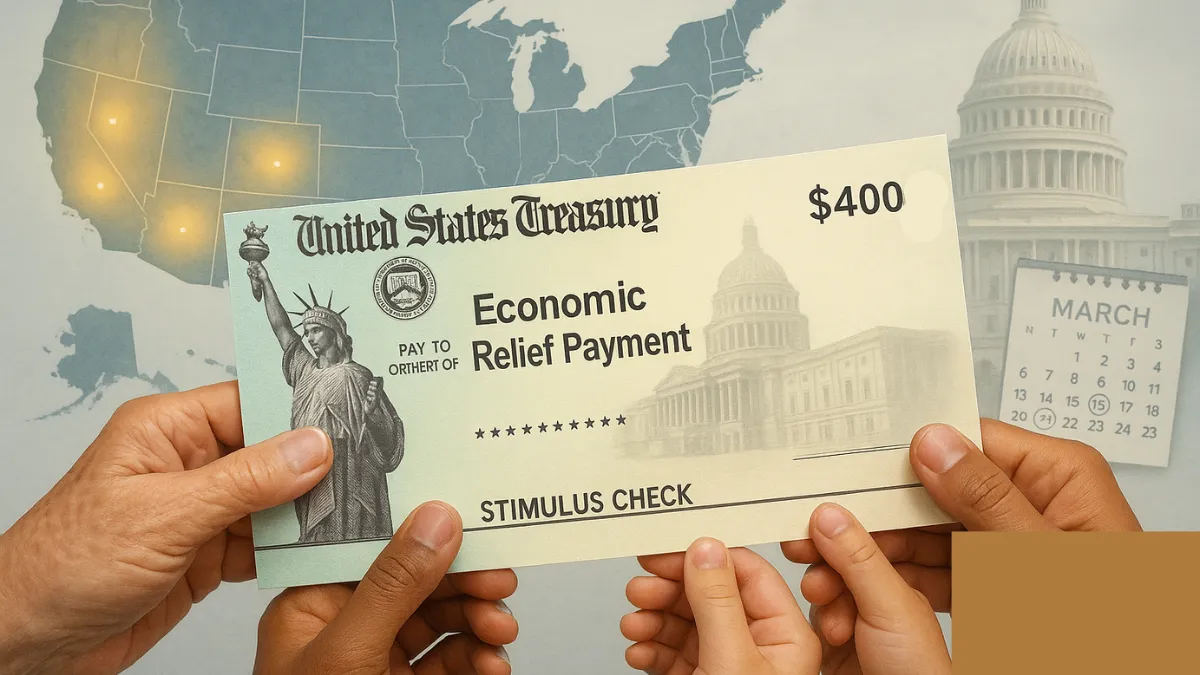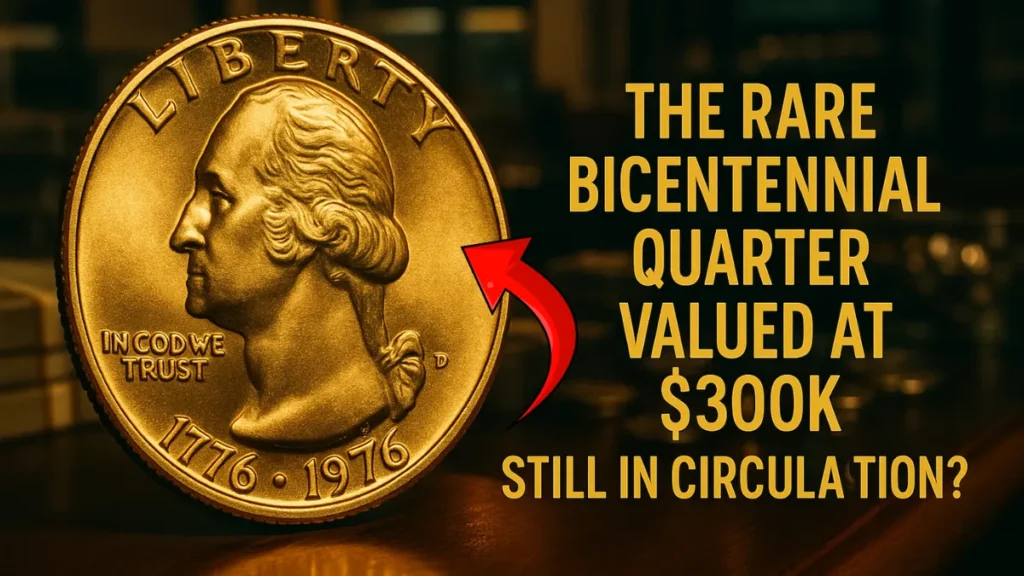$2,500 Stimulus Payment Coming in June 2025: A new proposal for a $2,500 stimulus check, informally named the “DOGE Dividend,” is making waves across the country. However, it’s essential to note that this proposal has not yet received congressional approval.
Currently, the plan is under evaluation in Washington and must clear various political challenges before it can become law. While the possibility has generated buzz among taxpayers, being informed about its actual status and implications can help prevent unrealistic expectations.
Understanding the DOGE Dividend Proposal
The DOGE Dividend, introduced by the Department of Government Efficiency (DOGE), aims to issue a $2,500 payment as part of a broader effort to enhance federal spending efficiency. The initiative has been strongly backed by tech entrepreneur Elon Musk and has gained support from former President Donald Trump.
The concept suggests that nearly $155 billion in government waste could be cut, and some of those savings could be returned to taxpayers. Unlike earlier stimulus efforts that sought to offer broad economic relief, this proposal focuses only on individuals who paid federal income taxes—treating it more like a shareholder dividend than emergency aid.
This new approach differs significantly from prior relief programs that aimed to help struggling families during economic downturns. Rather than aiding a wide segment of the population, the DOGE Dividend is targeted at tax-contributing citizens, making it a selective benefit. This change in direction highlights a notable policy shift, emphasizing tax contributions over financial need as the main qualifying factor for receiving federal payments.
Eligibility Requirements and Restrictions
To be considered for the DOGE Dividend, taxpayers must satisfy several detailed criteria. First and foremost, individuals must have submitted a federal tax return for either 2023 or 2024, showing a net positive income tax liability—meaning they owed and paid taxes, rather than receiving a refund or zero balance. A valid Social Security Number is also mandatory, and recipients cannot be listed as dependents on another person’s tax return.
These strict guidelines automatically disqualify many people who qualified for earlier rounds of stimulus checks. This includes retirees solely dependent on Social Security, students listed as dependents, individuals with very low income, and anyone currently facing unresolved issues with the IRS. Due to the tighter eligibility rules, the payment would be distributed to about 60 million individuals—far fewer than the broader population covered in earlier stimulus initiatives.
Potential Timeline and Distribution Methods
If lawmakers pass this proposal by early June 2025, the IRS could use existing tax return records to send out payments. People who have direct deposit details on file with the IRS might receive their payments at the beginning of June. In contrast, paper checks would likely take until mid-to-late June to arrive by mail. Prepaid debit cards, if used as a payment method, could be sent out toward the end of June or possibly into early July 2025.
Still, it’s critical to emphasize that this entire timeline is purely speculative. Without legislative approval, these projected distribution dates are simply examples based on past experience. The IRS would need full authorization and funding from Congress before initiating any action. Until that happens, no timeline should be assumed as official or guaranteed.
Preparing for Potential Payments
Although the DOGE Dividend has not yet been finalized, there are steps taxpayers can take now to be ready if the proposal advances. Filing accurate and timely federal tax returns for both 2023 and 2024 is crucial since eligibility would be determined using this data. It’s also a good idea to ensure the IRS has your most recent banking information to help avoid delays in direct deposit payments.
People should also be aware of scams that tend to circulate during times of public financial anticipation. The IRS will never reach out through texts, emails, or unsolicited phone calls regarding payments. Always verify information through the official IRS website or with certified tax professionals to avoid falling victim to fraud or misinformation.
Alternative Relief Options Currently Available
While the DOGE Dividend awaits possible approval, there are still legitimate relief options currently available. For example, taxpayers who never received the third-round stimulus check in 2021 may still qualify for the $1,400 Recovery Rebate Credit by submitting their 2021 tax return by June 17, 2025. Additionally, several states continue to offer targeted support—California has its own monthly relief programs, Colorado issues TABOR refunds, and many states provide unique rebates or tax credits.
These programs offer real-time assistance to those who qualify, helping bridge financial gaps while federal-level discussions remain ongoing. Exploring these available resources is a smart move for individuals who may not benefit from the DOGE Dividend, especially given its selective criteria and uncertain status in Congress.
The Reality Check
While the idea of a $2,500 DOGE Dividend is gaining attention, it remains just that—a proposal. There has been no approval or implementation, and the concept is currently part of broader policy discussions rather than an imminent plan. It’s important to remain informed and cautious about expectations, especially when dealing with unconfirmed financial promises.
In the meantime, taxpayers should continue to focus on opportunities that are confirmed and currently accessible. Taking action on verified programs and benefits offers more immediate and reliable financial support than waiting for proposals that might never materialize.
Disclaimer
This article is intended to provide an overview of a stimulus payment proposal that has not been approved by Congress. No final decisions regarding dates, eligibility rules, or payment amounts have been made by any official government body. Readers are strongly advised to verify all details through legitimate sources such as IRS.gov or trusted financial advisors before making any financial plans. The information presented here is speculative and should not be the sole basis for decision-making.
